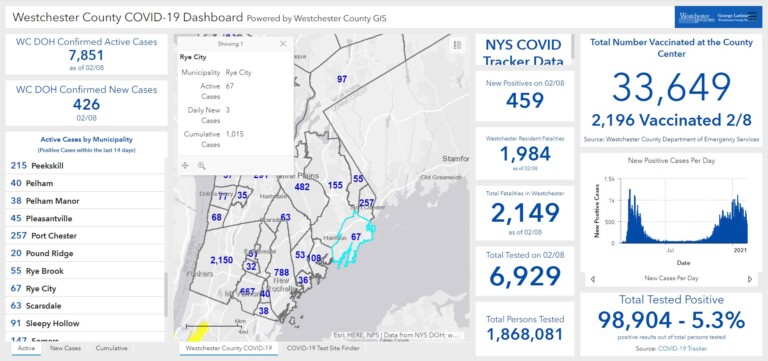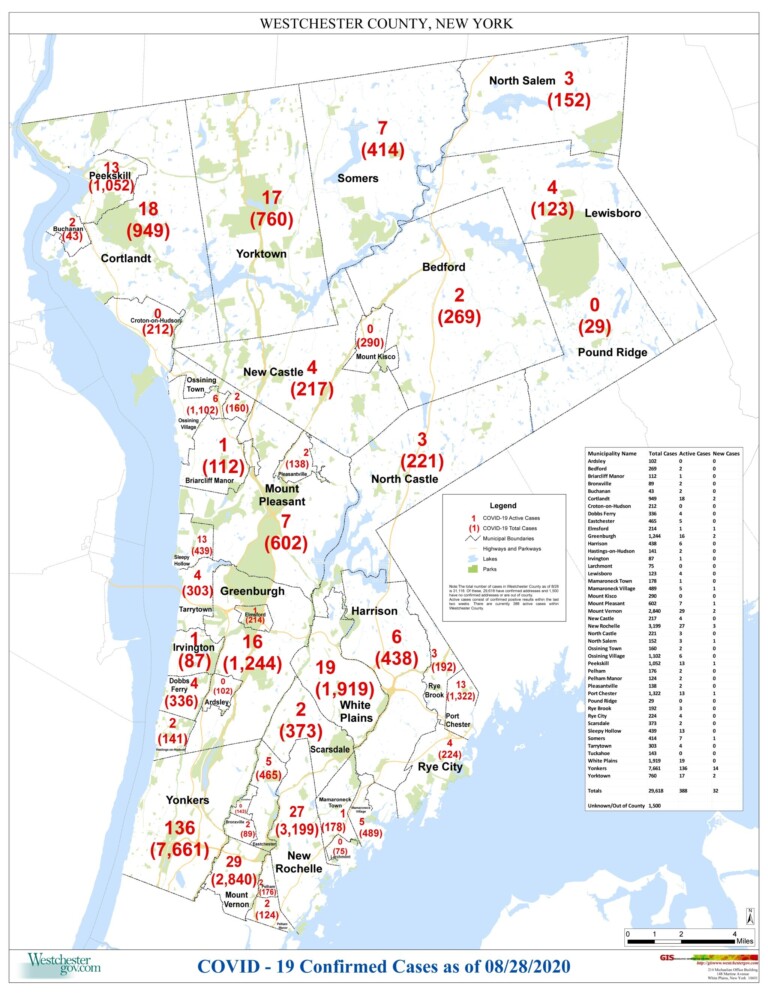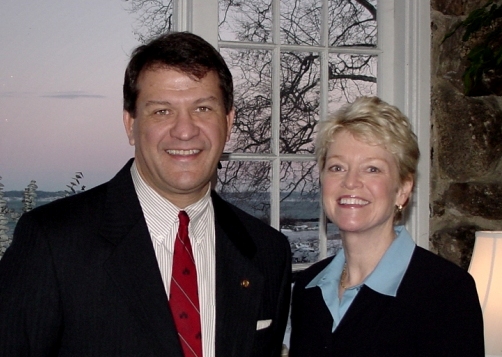Rye City Council Budget Workshop Minutes from November 10, 2008
Rye city council minutes from the November 10th budget workshop, penned by City Clerk Dawn Nodarse, have been published. Here are the highlights. Mayor Otis and all the council members with the exception of George Pratt were in attendance. Catherine Parker arrived 13 minutes late.
The workshop was the first in a series of meetings over approximately six weeks where the city must nail down its 2009 budget. The main focus of this workshop was capital improvements, buildings and vehicles. City Manager Paul Shew, City Comptroller Michael Genito and City Engineer George Mottarella were in attendance to answer questions.
Comptroller Genito said that the Department of Public Works (DPW) encompasses many departments including engineering, street maintenance, building and capital projects, and building and vehicle acquisitions, excluding those for the Boat Basin and Golf Club.
Capital Improvements. Capital Projects are funded from two budget sources: the Capital Projects Fund which is used for buildings and infrastructure, and the Building & Vehicle Fund which is used to purchase vehicles and equipment. Fund balance is only used for capital projects, not recurring costs, but money may also come from aid or grants. Mr. Genito said that this year the City is trying to preserve its capital and focus on the most important capital projects: street resurfacing; sidewalk and curb program; Purchase Street/Library Lane traffic signal and Brevoort Lane Sewer and Hewlett Avenue Pump Replacement. Mr. Genito added that reducing these projects will not reduce the tax rate; it will only increase or decrease the fund balance.
Buildings and Vehicles. Building and vehicle projects contemplated for 2009 include: Police lavatory/locker room improvements to provide separate male/female supervisor rooms; Friends Meeting House interior design; field improvements for Recreation Park; A sewer vacuum truck and plow/salt truck; replacement of three police vehicles; replacement of a Fire Chief vehicle; a chipper for DPW; a garage lift for DPW.
Q&A was then entertained. Here are the highlights:
- Why has the scope of the LaSalle Avenue drainage project been changed and pushed back to 2010 when it was originally approved in 2007? (The original money was seed money and was not enough to do the project. The Engineering Department has recently surveyed the area and has given their information to a consultant so that it may be priced out and the correct amount put into the 2010 budget. The original money was either used toward this project or reprogrammed for another more important project.)
- Why is the traffic signal at City Hall being replaced – can we get away with only doing the controller? (This is a critical intersection that controls five sets of lights and if another part breaks it cannot be fixed again. There is also a potential liability issue because the signals are too low.)
- Shouldn’t the Orchard Avenue Bridge be replaced next year? If it is deferred it probably won’t get done until 2012 when it could cost much more. Shouldn’t the City “suck it up” and do the project now.
- Do the renovations to the Police Station bathrooms have to be done? (Yes, it is recommended due to facilities equity issues.)
- Since the CIP projects presented in August have been reduced approximately $1.9 million by shedding projects, why have vehicle and equipments amounts increased? What was added? (Scanners and plotters and a sewer vactor truck) What do we presently use? (A combination truck with a high pressure hose) What happens if this is not replaced this year? (The truck, which needs a great deal of maintenance, must be kept running or a truck must be borrowed or rented.)
- Since the Boston Post Road has been resurfaced and the Diet has been completed should the City consider turning the ownership of the road over to the State?
- Since money for the reconstruction of Elm Place and Smith Street was supposed to come from parking meter revenue, couldn’t those projects stay in the budget? (Most of Elm Place will be redone [from the Fish restaurant to the Wall] through other projects but some of the resurfacing money could be used to do the rest of the street.
- Are any projects being deferred that will ultimately cost more because they are deferred? (Projects that have been put off are ones that would not create significant costs.)
- Are the pumps at the various pump stations standardized? (There are eight pump stations and generators, all of which are different; when new pumps are installed, they are put in to mesh with what is already in place.)
- Is there any way that the City could get back into a program wherein it funds a portion of the sidewalk repair costs that are currently borne 100% by abutting residents? (At one time the City paid 60% and residents paid 40%. A change in the current program would require additional funding.)
- Is the City looking into alternative fuel vehicles? (The City considers what is available, is the motor efficient and will it last. We look at what is around in order to see if there are positive results.)
- The emphasis in the budget is placed on sanitary sewers [four pump stations out of eight] but does this only address half the problem? (Several of the pump stations are new [Kirby Lane and Peck Avenue], or relatively new, [South Manursing Island] and do not need work at this time.)
- There is a de-emphasis on water funding in other areas. What about the Sluice Gate project? (There is a $2.2 million estimate for the total cost of the project – $150,000 is funded in the current 2008 budget, $400,000 will come from the State, and we are hoping to get $1.2 million from the County. The City, along with the Village Rye Brook, will have to match the money from the County [$700,000 each]. We will determine where to get the money from when we know how much we will need.)
- What will happen if road money from the State is cut? (We have the choice not to do as much work as planned or take the money from Fund Balance or bond for it.)
- When is the west side of Locust Avenue scheduled to be paved? (A portion near Packard Court is scheduled to be milled and paved this year.)
- What is the climate for borrowing for municipalities for 2009 – if we have to borrow how bad will things be? (Things have cleared up a little bit but the market is tight with rates around 5%; it is a competitive market, but hopefully a stimulus will loosen things up further.)
- Are all markets tight – what about bond anticipation notes? (They might be easier to get. Notes can be renewed for up to five years. Authorization for bonding is needed, but once a Resolution is adopted, we have the opportunity to borrow but are not required to do so.)
- Staff should provide the Council with a priority list of building and vehicle projects, rating them in importance from 1 to 10.
Mr. Genito pointed out that the City is one of six communities with Charter debt limits. Our full debt limit is $400 million and by Charter there are three methods of borrowing: (1) the Council can vote to authorize borrowing an amount equal to 5% of the average of the last three years budgets; (2) up to 10% of that amount can be authorized subject to permissive referendum and (3) over 10% of that amount must be subject to a mandatory public referendum. Mr. Genito said there are exceptions for projects that are being repaid by assessment, when borrowing is through the Environmental Facilities Corporation (EFC) or is public safety related. Whatever is borrowed is deducted from the maximum allowable debt. He added that our Charter does not require a capital reserve and there are no exceptions for emergencies.






